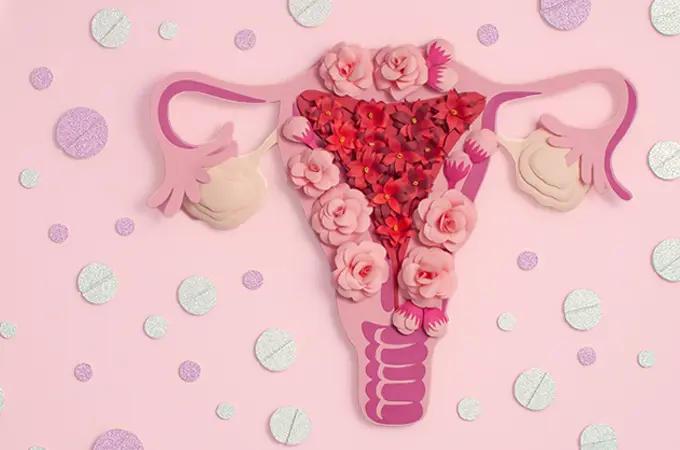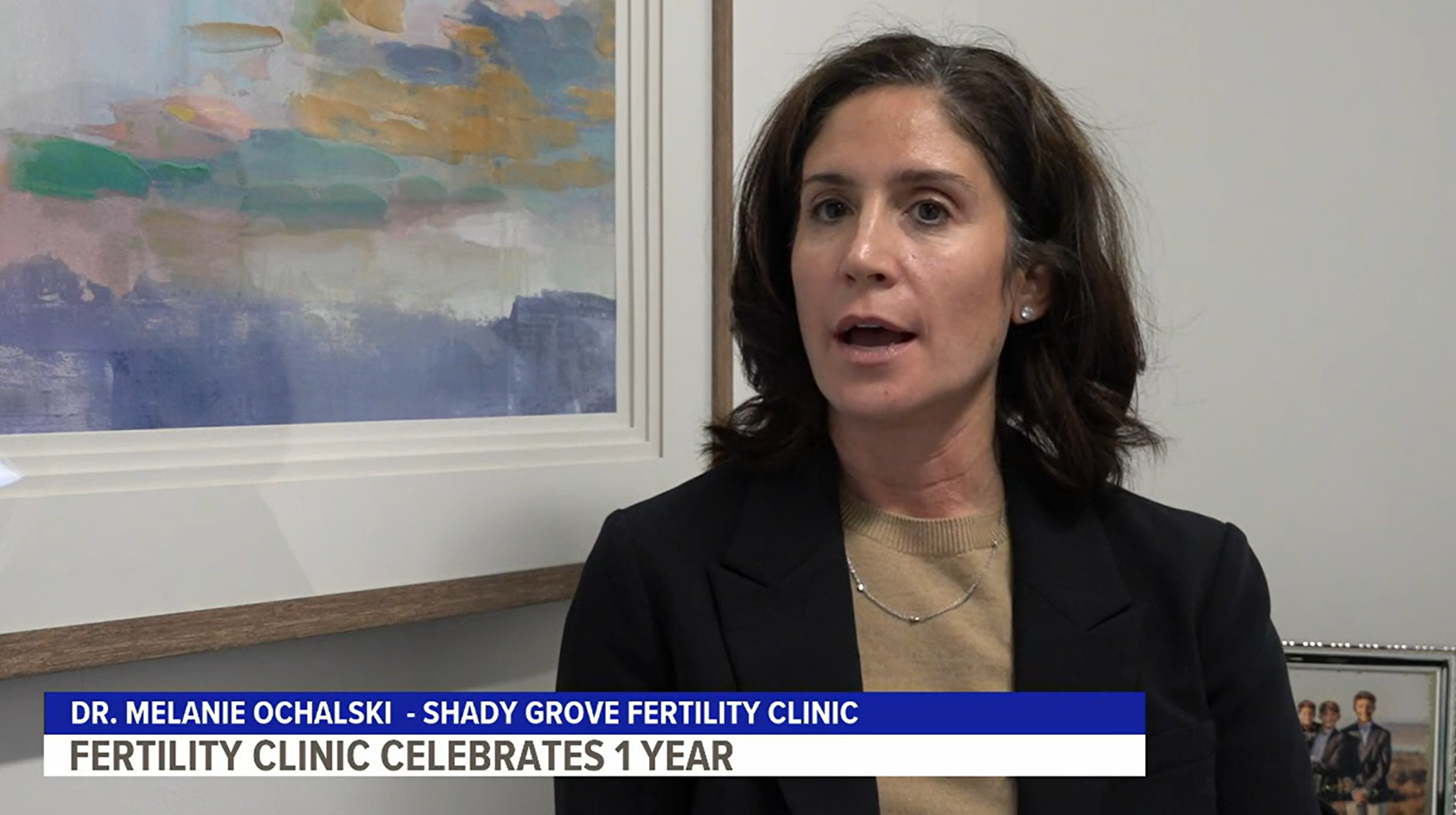If the last time you thought about the specifics behind the birds and bees—more formally known as reproductive physiology—was in your junior high health class, you are not alone. When it comes to truly understanding how human conception works, many people are stumped. So how are babies made? Let’s take a look back and briefly review the fundamentals of female and male reproduction and how conception works.
Female Reproduction 101 – Egg Development & Ovulation
A woman’s internal reproductive organs include her vagina, uterus, Fallopian tubes, and ovaries. Within her ovaries are thousands of eggs waiting to be matured and ovulated. Each month several eggs are available, but most typically just one will grow big enough for ovulation.
As Dr. Isaac Sasson (Chesterbrook, PA) explains it, a woman’s brain produces follicle-stimulating hormone (FSH), which signals the eggs to grow within the follicles. Typically just one will fully develop, growing to about 20mm, and all others will die. This mature egg produces estrogen, which signals the uterus to develop its lining in preparation for a pregnancy.
The next step is ovulation, where luteinizing hormone (LH) is produced and triggers the ovary to release the egg. Dr. Sasson explains that LH is only present in the body for roughly 1 day per menstrual cycle and 24 to 36 hours after it appears, the egg will be released.
From there, the Fallopian tubes must find the egg. If successful, the egg will continue to live for about 1 day unless fertilized.
Male Reproduction 101 – Sperm Development
Like women, men also produce follicle-stimulating hormone (FSH) and luteinizing hormone (LH). For men, FSH and LH are used to trigger production of sperm and testosterone within the testes. However, this is just the start of the sperm development.
From the point that the sperm is initially formed, it takes roughly 2.5 months for it to fully mature and develop. This sperm maturation process is why some men with poor sperm quality—as seen in a semen analysis—can make simple lifestyle changes and see improvements with sperm quality and/or quality within just a few months.
As a sperm matures, it is working its way through the male reproductive system and eventually is released during ejaculation. The sperms’ journey is far from over and just a few will make their way into the Fallopian tube with the chance to fertilize the egg.
How are Babies Made? Understanding Conception
Fertilization occurs at the chance meeting of a sperm and egg in one of the Fallopian tubes. Timing is critical during conception, as the egg will live just for 1 day within a Fallopian tube and the sperm can live in the woman’s reproductive tract for 3 to 5 days. This represents a couple’s fertility window. If a couple is trying to conceive, we advise having sexual intercourse in the days leading up to ovulation and on the day of ovulation.
Of the sperm that made their way to the correct Fallopian tube, the sperm will try to fertilize the egg by burrowing into the egg. Once one sperm makes it way in, the egg instantly changes, and prevents all other sperm from getting in. In this moment, a baby’s genes and gender are set.
The fertilized egg will remain within the Fallopian tube for a few more days but begins to divide quickly into many cells. It will then move from the Fallopian tube to the uterus with the hopes of implanting within the uterine lining where it will stay for the next 9 months.
When to Seek the Help of a Fertility Specialist
Any breakdown in this process—hormone imbalances, structural anomalies, and even poor timing of intercourse—can result in no conception.
In order to put yourself in the best position to build a family, women and men should be proactive in understanding their fertility health. For a man, a semen analysis can help show sperm quality and quantity. For a woman, hormonal testing, as well as an ultrasound and hysterosalpingogram (HSG), can provide a holistic look at her chances of conception.
For those who are currently trying to conceive, we recommend a simple fertility evaluation after:
- 1 year, if the female partner is under 35 with regular cycles
- 6 months, if the female partner is 35 to 39 with regular cycles
- 3 months, if the female partner is 40 or over with regular cycles
If you have irregular periods, ovulatory disorders, or a history of early menopause or premature ovarian insufficiency, we recommend you see a fertility specialist sooner. Early diagnosis and treatment leads to the best success rates.
The first step is simple—schedule an appointment to meet with a fertility specialist to determine your cause of infertility and then discuss your fertility treatment options.
For more answers to the most frequently asked questions about conception, read here.
How are babies made? To speak with a New Patient Center Liaison for more information or schedule an appointment call 877-971-7755.






